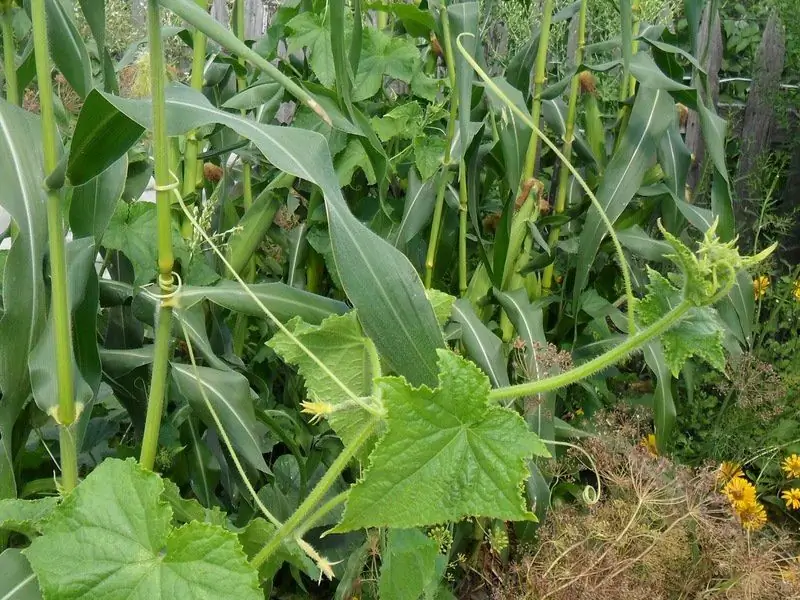
Table of contents:
- Author Bailey Albertson [email protected].
- Public 2023-12-17 12:53.
- Last modified 2025-01-23 12:41.
What can be planted after zucchini and cucumbers and what to combine with
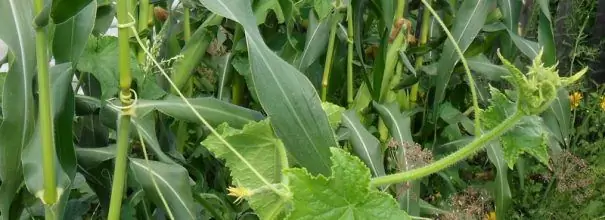
Everyone has already heard about crop rotation. Vegetables must be changed every year and returned to their original place no earlier than after 3-4 years. Many gardeners have cucumbers and zucchini on their list of favorites. What can be planted after them? What crops will do well with them in the same garden?
Content
- 1 What to plant after cucumbers and zucchini
- 2 What should not be planted after zucchini and cucumbers
- 3 What to plant in the same bed with cucumbers and zucchini
- 4 Reviews of gardeners
What to plant after cucumbers and zucchini
Zucchini and cucumbers belong to the same pumpkin family. And although they visually differ in the size of bushes and fruits, they behave about the same in the garden.
- The bulk of the roots is located at a depth of 30 cm, expanding in breadth, and not in depth. The removal of food occurs from the upper layers of the soil, and untouched reserves remain below. This means that after zucchini and cucumbers, you can plant crops with roots that go deep into the depths: potatoes, tomatoes, root crops, cabbage, etc.
- During the growing season, squash and cucumbers take out a lot of nitrogen from the soil. A deficiency of this element is created in the ground, but legumes can eliminate it: peas, beans, beans. They are able to capture nitrogen from the air and accumulate in the topsoil.
- Cucumbers and zucchini get sick with powdery mildew, various leaf spots, fruit and root rot. To disinfect the earth, plant after them crops that release phytoncides that are harmful to fungi: garlic, onions, mustard, cilantro and other spicy herbs.
What can not be planted after zucchini and cucumbers
The main problem that arises when growing vegetables in the same place is contamination of the soil with diseases and pests. Each culture has its own. Pathogenic fungi leave behind spores to winter in the soil, and insects - eggs and larvae. Planting the same crop next year will provide the parasites with a place to live and food. They will suck out juices and multiply exponentially. After 2-3 years, your plants, planted in the same place, will begin to wither and die, not even having time to set the first fruits.
Plants from the same family have common enemies. This means that after cucumbers and zucchini you cannot plant their relatives - representatives of pumpkin seeds. The most common of them: melons, watermelons, pumpkins, squash. All other vegetables can be planted if the necessary fertilizers are added to the soil before planting.
What to plant in the same bed with cucumbers and zucchini
In solving this issue, one must rely on knowledge of the peculiarities of the development of these cultures and the care for them.
-
Zucchini and cucumbers are characterized by aggressive growth. Their lashes and roots quickly expand in breadth, capturing large tracts of land. A shade is created under the bushes, food and moisture are pumped out of the upper soil layers. Compact plants such as root vegetables or greens, especially at the beginning of growth, will not withstand this competition. Left without light and power, they will wither away. More powerful plants that extract water and food from the depths, for example, corn and sunflowers, will be able to get along with zucchini and cucumbers.

Neighborhood of cucumber and corn Corn and cucumber extract food from different soil layers, so they do not compete, on the contrary, corn serves as a support for the cucumber
-
Caring for cucumbers and zucchini includes frequent watering and feeding until the very end of the growing season. This means that vegetables that need a dry period are not suitable for neighbors. Thus, during the ripening harvest time can not be watered and do not need to feed the onion, garlic, melons, watermelons and so on. If the cucumber tied to a trellis, you remove the lower leaves, then you can wreak on the same bed of radish, onion on the greens, lettuce, dill and etc.

Cucumber and radish in the same garden If the cucumber is grown vertically, you can sow radishes, greens and even early cabbage under its feet, these plants can also be watered often
-
There is such a concept as allelopathy - this is the ability of plants to release substances into the ground and the surrounding atmosphere that have a depressing effect on fungi, pests and competing plants. Do not plant fragrant herbs near fruiting crops: wormwood, tarragon, mint, oregano, sage, etc.

Sagebrush Wormwood and other odorous herbs have no place in the beds and next to them, find a separate nook for them
In another bed next door, you can plant anything except odorous herbs. But there is a condition for neighbors - they should not shade light-loving cucumbers and zucchini.
From my experience I will add. I planted beans, lupine (siderat), peas next to the zucchini. They grew until the zucchini emerged and grew their burdock leaves. Then, finding themselves in the shade, the stalks of legumes were bare, the lower leaves turned yellow and fell off, only the tops above the zucchini were green and blooming. I did not see any sense from such a neighborhood. But under the feet of curly beans, you could sow zucchini. Dill, which we leave on umbrellas, gets along well with everyone. He grows tall, a bare stem is the norm for him, the main thing is that he exposes his baskets to the sun. Last summer I was left without zucchini, because I sowed them next to the wormwood. They bloomed well, but the ovaries did not grow, they crumbled. Only 5-6 zucchini were collected from two bushes. And also, when potatoes were planted in the field, they always sowed zucchini along the edge, the yields of both crops were good.
There are many tables and lists on the Internet regarding plant compatibility. In some cucumbers and zucchini are compatible with onions, cabbage, beets, in others they are not. Even gardeners on the forums disagree on this issue. Be critical of such information. Knowing the agricultural techniques and botanical features of cucumber and zucchini, think for yourself logically that you can grow next to them. Much depends on the variety (bush, creeping), and on the method of cultivation (on the trellis, in the spread).
Reviews of gardeners
After cucumbers and zucchini, you can plant any vegetable or greens, except pumpkin seeds. Just be sure to fertilize the soil before sowing or planting, as recommended for your chosen crop. And you will not plant much in the same bed with cucumber and zucchini. The closest "neighbors" should have at least the same agrotechnics - watering and fertilizing all season until autumn.
Recommended:
How To Plant And Grow Cucumbers In The Open Field: Plant Seeds, Properly Care For Plants (water, Form, Tie Up)
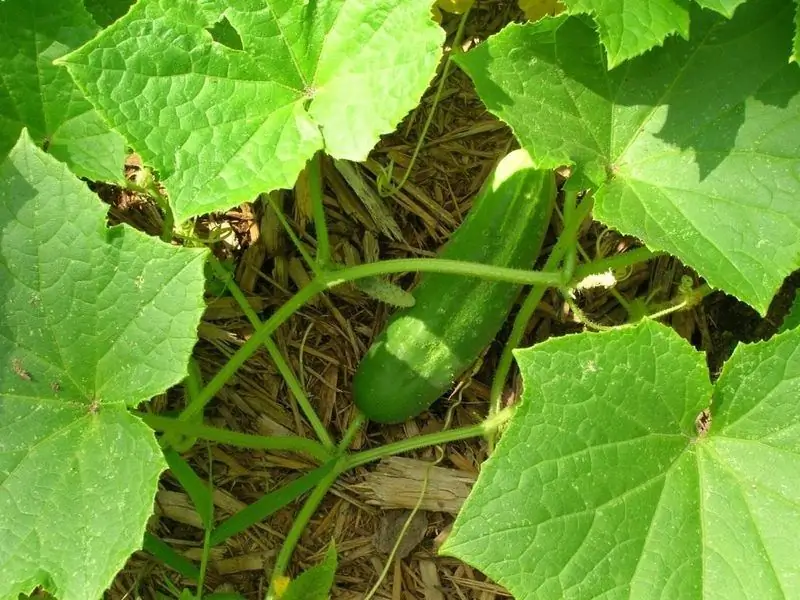
What varieties and hybrids of cucumbers can be grown in the open field. Features of planting seeds and seedlings. Choice of place and timing. The nuances of care and formation
What To Plant After Strawberries Next Year And What Not To
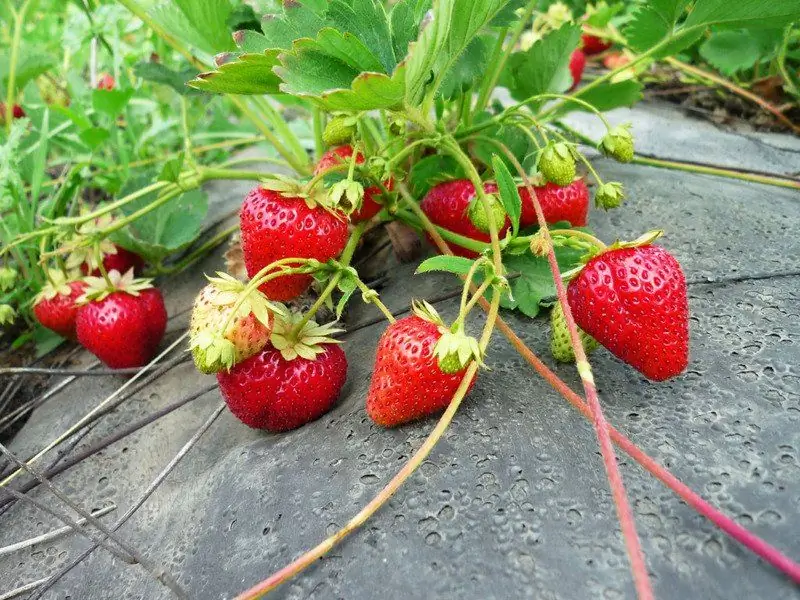
Strawberry crop rotation rates: which crops can be planted and which ones are better not to plant after strawberries
What To Plant After Potatoes For The Next Year And What To Combine Planting With

How crop rotation rules explain the presence of good and bad predecessors in the garden. What can and can not be planted after potatoes, as well as on the same bed with him
What To Plant After Garlic And Onions For The Next Year And What To Combine Planting With
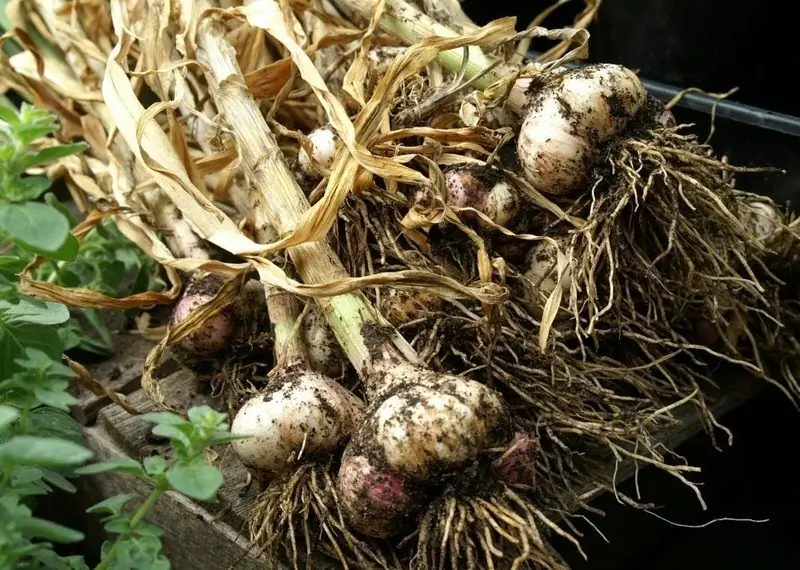
What are the rules of crop rotation based on, what do they advise to plant after onions and garlic, and what is prohibited. What can be planted next to them
What To Plant After Cabbage And Carrots For The Next Year And What To Combine Planting With
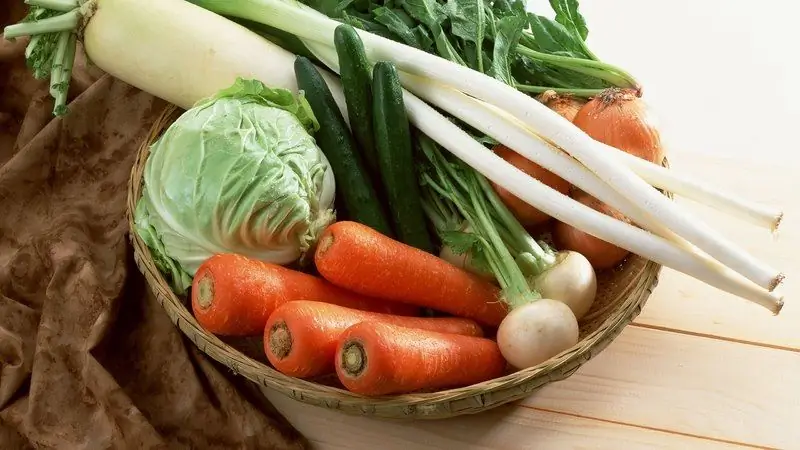
Alternating and mixing crops in the garden: good and bad neighbors, followers and predecessors for cabbage and carrots
